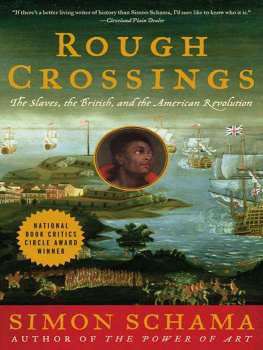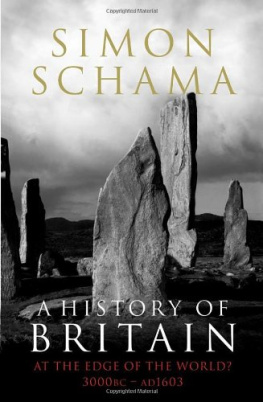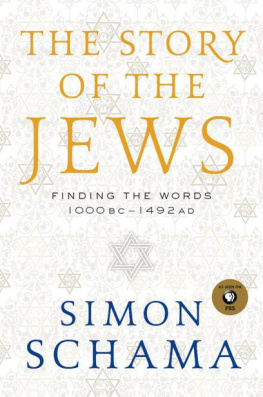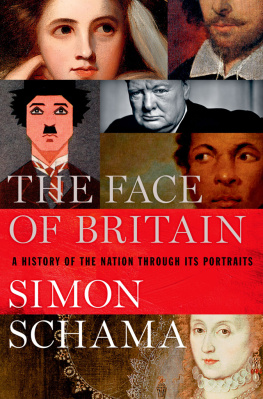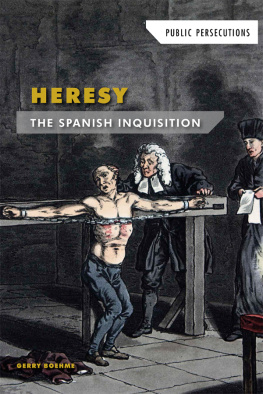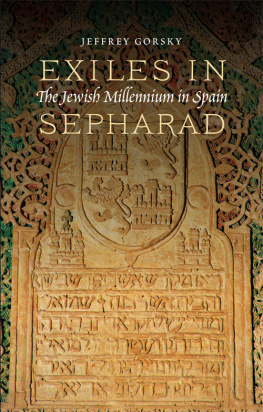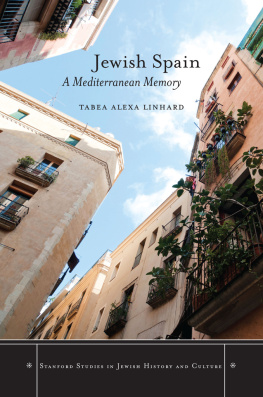Simon Schama - The Story of the Jews Volume Two: Belonging 1492-1900
Here you can read online Simon Schama - The Story of the Jews Volume Two: Belonging 1492-1900 full text of the book (entire story) in english for free. Download pdf and epub, get meaning, cover and reviews about this ebook. year: 2017, publisher: Ecco, genre: History. Description of the work, (preface) as well as reviews are available. Best literature library LitArk.com created for fans of good reading and offers a wide selection of genres:
Romance novel
Science fiction
Adventure
Detective
Science
History
Home and family
Prose
Art
Politics
Computer
Non-fiction
Religion
Business
Children
Humor
Choose a favorite category and find really read worthwhile books. Enjoy immersion in the world of imagination, feel the emotions of the characters or learn something new for yourself, make an fascinating discovery.
- Book:The Story of the Jews Volume Two: Belonging 1492-1900
- Author:
- Publisher:Ecco
- Genre:
- Year:2017
- Rating:3 / 5
- Favourites:Add to favourites
- Your mark:
- 60
- 1
- 2
- 3
- 4
- 5
The Story of the Jews Volume Two: Belonging 1492-1900: summary, description and annotation
We offer to read an annotation, description, summary or preface (depends on what the author of the book "The Story of the Jews Volume Two: Belonging 1492-1900" wrote himself). If you haven't found the necessary information about the book — write in the comments, we will try to find it.
The Story of the Jews Volume Two: Belonging 1492-1900 — read online for free the complete book (whole text) full work
Below is the text of the book, divided by pages. System saving the place of the last page read, allows you to conveniently read the book "The Story of the Jews Volume Two: Belonging 1492-1900" online for free, without having to search again every time where you left off. Put a bookmark, and you can go to the page where you finished reading at any time.
Font size:
Interval:
Bookmark:

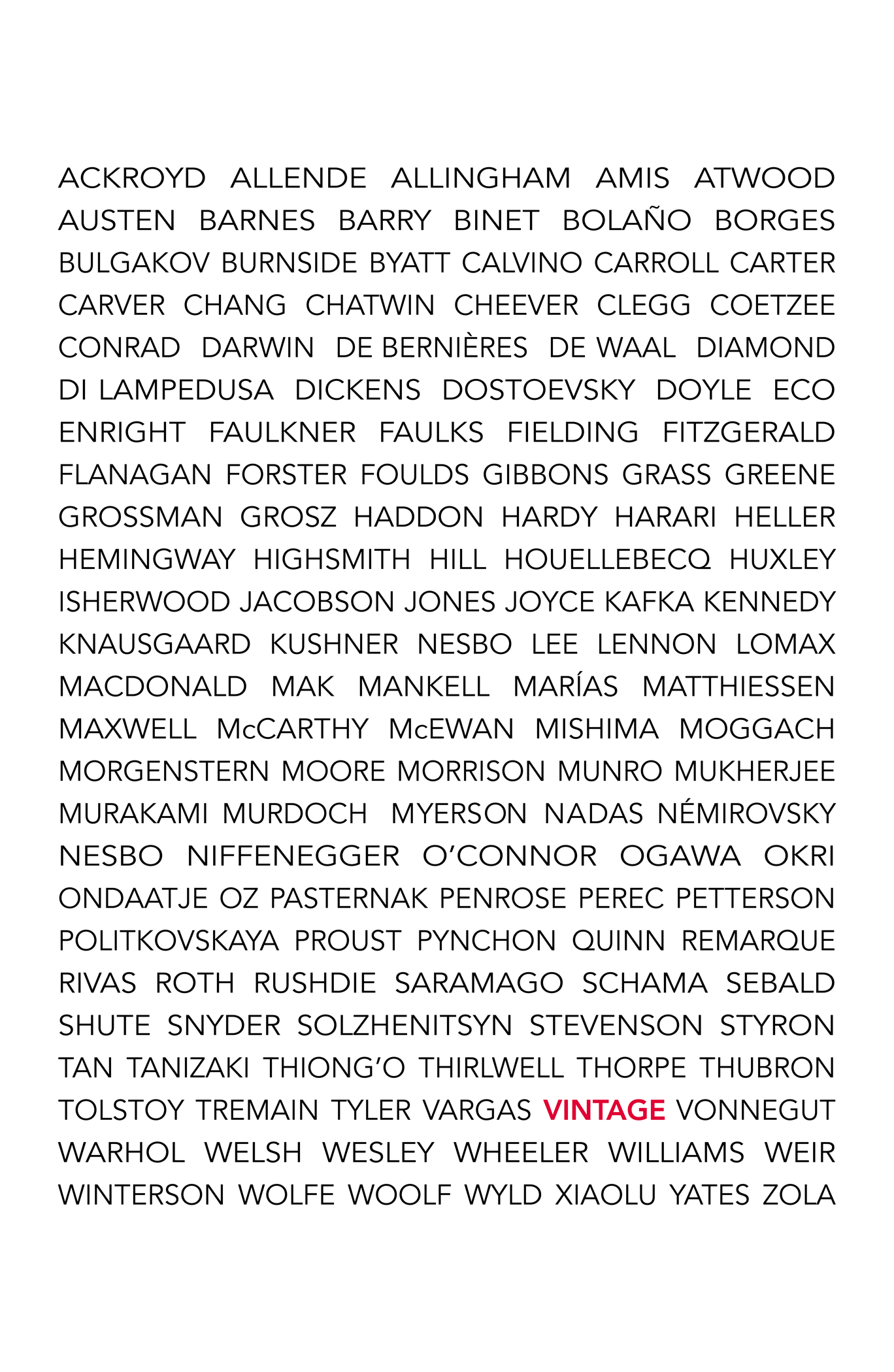



. Eldad the Danite, in Elkan Nathan Adler, Jewish Travellers in the Middle Ages (New York, 1987), 14. For the Sambatyon and the tradition of the Tribes: Zvi Ben-Dor Benite, The Ten Lost Tribes: A World History (Oxford, 2009), 86ff; Hillel Halkin, Across the Sabbath River: In Search of a Lost Tribe of Israel (New York, 2006), 96ff.
. Eldad, in Adler, 13.
. The letter is in Franz Kobler, Letters of Jews Through the Ages, Volume One From Biblical Times to the Renaissance: A Self-portrait of the Jewish People (New York, 1952), 311.
. Abrahamo Peritsol (Abraham Farissol), Itinera Mundi Sic Dicta Nempe Cosmographia [Iggeret Orhot Olam], trans. Thomas Hyde (Oxford, 1691), 151. Hyde was professor of Arabic and Hebrew at Oxford and head librarian at the Bodleian. His translation, made with the help of Rabbi Isaac Abendani, was based on a manuscript lodged in the library which predated the first published 1586 Venice edition. Hyde accepted there could be such a river as the Sambatyon and its general whereabouts not far from the Ganges or River Gozan, while remaining heavily sceptical about the accounts of its behaviour. Marvin J. Heller, The Seventeenth Century Hebrew Book, 2 vols (Leiden, 2011), 1177. On Farissols geography, and the influence of messianic impulses: David B. Ruderman, The World of a Renaissance Jew: The Life and Thought of Abraham ben Mordecai Farissol (Cincinatti, 1981), 13143.
. David Ha-Reuvenis own extraordinary account is in Adler, 251328. The manuscript disappeared from the Bodleian at some point after 1867, the year in which Y. Y. Cohen used tracing paper to copy the entirety of its content by hand. The provenance is dependable enough to have convinced most scholars, in particular Aharon Zeev Aescoly, Sippur David HaReuveni (Jerusalem, 1993), of its authenticity. On David and Solomon Molkho: Moshe Idel, Messianic Mystics (New Haven, 1998), 14452; Harris Lenowitz, Jewish Messiahs from Galilee to Crown Heights (Oxford, 1998), 10325; Yirimiyahu Yovel, The Others Within: Split Identity, the Marrano and Emerging Modernity (Princeton, 2009), 2058; Matt Goldish, Mystical Messianism: From the Renaissance to the Enlightenment, in Frederick E. Greenspan (ed.), Jewish Mysticism and Kabbalah: New Insights and Scholarship (New York, 2011), 1203; Miriam Eliav-Feldon, Invented Identities and Credulity in the Age of Prophecy and Exploration, Journal of Early Modern History, 3:3 (1999), 20332; Moti Benmelech, History, Politics and Messianism: David haReuvenis Origin and Mission, Association of Jewish Studies Review, 35:1 (April 2011), 3160.
. Lenowitz, 103.
. Others followed: the Canton synagogue, also facing the piazza of the Gheto Novo, in 1532; the Levantine in 1541; the Italian in 1572; and the Ponentine (SpanishPortuguese) in 1580. On the foundation of the ghetto and the relationships between the Jewish community and the government of the republic: Robert C. Davis and Benjamin Ravid (eds.), The Jews of Early Modern Venice (Baltimore, 2001), especially the essays by David Malkiel and Benjamin Ravid; Brian Pullan, The Jews of Europe and the Inquisition of Venice, 1550 1670 (Oxford, 1983). Riccardo Calimani, The Ghetto of Venice (Milan, 1985), is still in its way a narrative classic.
. Katrin Kogman-Appel, Illuminated Bibles and the Rewritten Bible: The Place of Moses dal Castellazzo in Early Modern Book History, online academia.edu, 2, 118; Avigdor Shulvass, The Jews in the World of the Renaissance (Leiden, 1973), 2401. On the history of the Warsaw Codex and for a facsimile, Mendel Metzger, Le pentateuque en images de lancienne collection Wolf de Dresde et de la communaute juive de Berlin Codex 1164 de lInstitut historique juive de Varsovie, in Kurt Schubert (ed.), Bilder-Pentateuch von Moses dal Castellazzo, Venedig 1521: Vollstndige Faksimile Ausgabe im Original Format des Codex 1164 aus dem besitz Judisches Historisch Instituts Warschau (Vienna, 1986), 11931.
. Diane Wolfthal, Remembering Amalek and Nebuchadnezzar: Biblical Warfare and Symbolic Violence in Two Images in Italian Renaissance Yiddish Books of Customs, in Pia Cuneo (ed.), Artful Armies, Beautiful Battles: Art and Warfare in Early Modern Europe (Leiden, 2002), 203.
. Benmelech, 42ff.
. See Simon Schama, The Story of the Jews: Finding the Words, 1000 BCE 1492 CE (London, 2013), 415ff.
. Lenowitz, 11516.
. Samuel Usque, Consolation for the Tribulations of Israel, ed. and trans. Martin A. Cohen (Philadelphia, 1964), 198a. On Usque in Ferrara and the reception of conversos there, see Rene Levine Melammed, A Question of Identity: Iberian Conversos in Historical Perspective (Oxford, 2004), 11214.
. The details come from the extraordinary Regimento written in Spanish and prepared for the travellers, dated 1544, published in Aron Di Leone Leoni, The Hebrew Portuguese Nations in Antwerp and London at the Time of Charles V and Henry VIII: New Documents and Interpretations (Jersey City, 2005), 1858, to which this account is much indebted.
. Usque, 208.
. Ibid., 75.
. For Gracia and Reyna Benveniste, known for most of their lives as Beatriz de Luna or Beatriz Mendes and Brianda Mendes: Cecil Roth, Doa Gracia of the House of Nasi (Philadelphia, 1947); much more recently and more firmly based on archival research, Andre Aelion Brooks, The Woman Who Defied Kings: The Life and Times of Doa Gracia Nasi (St Paul, 2002); Marianna D. Birnbaum, The Long Journey of Gracia Mendes (Budapest, 2003). Aron Di Leone Leonis archival research (see above, n. 2) is constantly refining what we know of the career of the two sisters.
. S. D. Goitein and Mordechai A. Freidman (eds.), Indian Traders of the Middle Ages: Documents from the Cairo Geniza (Leiden, 2007).
. Herman P. Salomon and Aron Di Leone Leoni, Mendes, Benveniste, de Luna, Nasci: The State of the Art (15321558), Jewish Quarterly Review, 88: 3/4 (JanApr, 1998), 135211.
. This is Cecil Roths speculation in Doa Gracia, but as Aron Di Leone Leoni points out it remains conjecture.
. The first historian to reveal this undercover world of Jews in Tudor England was Lucien Wolf, The Jews in Tudor England, in his Essays in Jewish History (London, 1934). Also see Edgar Samuel, Londons Portuguese Jewish Community 15401573, in Randolph Vigne and Charles Littleton (eds.),
Font size:
Interval:
Bookmark:
Similar books «The Story of the Jews Volume Two: Belonging 1492-1900»
Look at similar books to The Story of the Jews Volume Two: Belonging 1492-1900. We have selected literature similar in name and meaning in the hope of providing readers with more options to find new, interesting, not yet read works.
Discussion, reviews of the book The Story of the Jews Volume Two: Belonging 1492-1900 and just readers' own opinions. Leave your comments, write what you think about the work, its meaning or the main characters. Specify what exactly you liked and what you didn't like, and why you think so.


